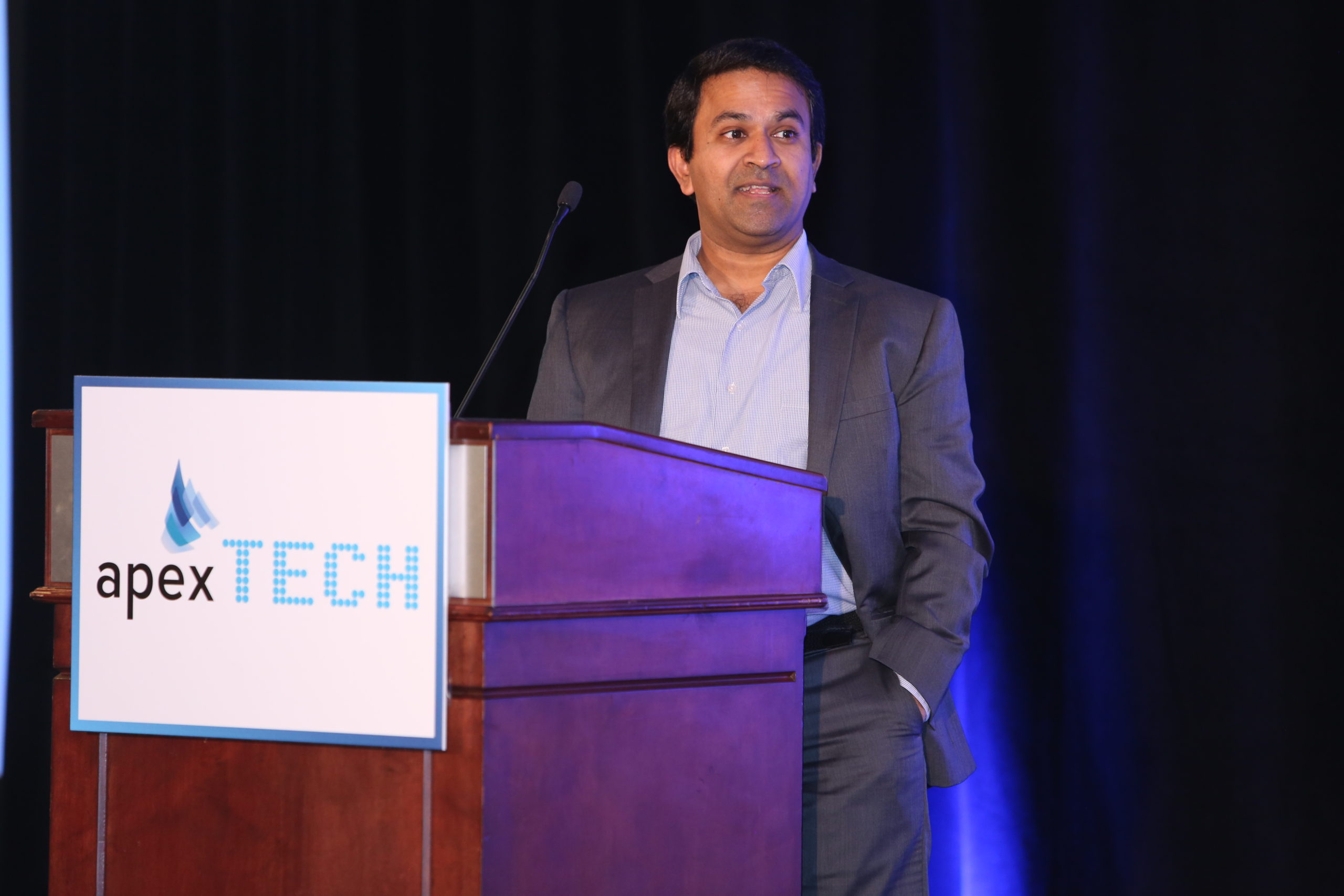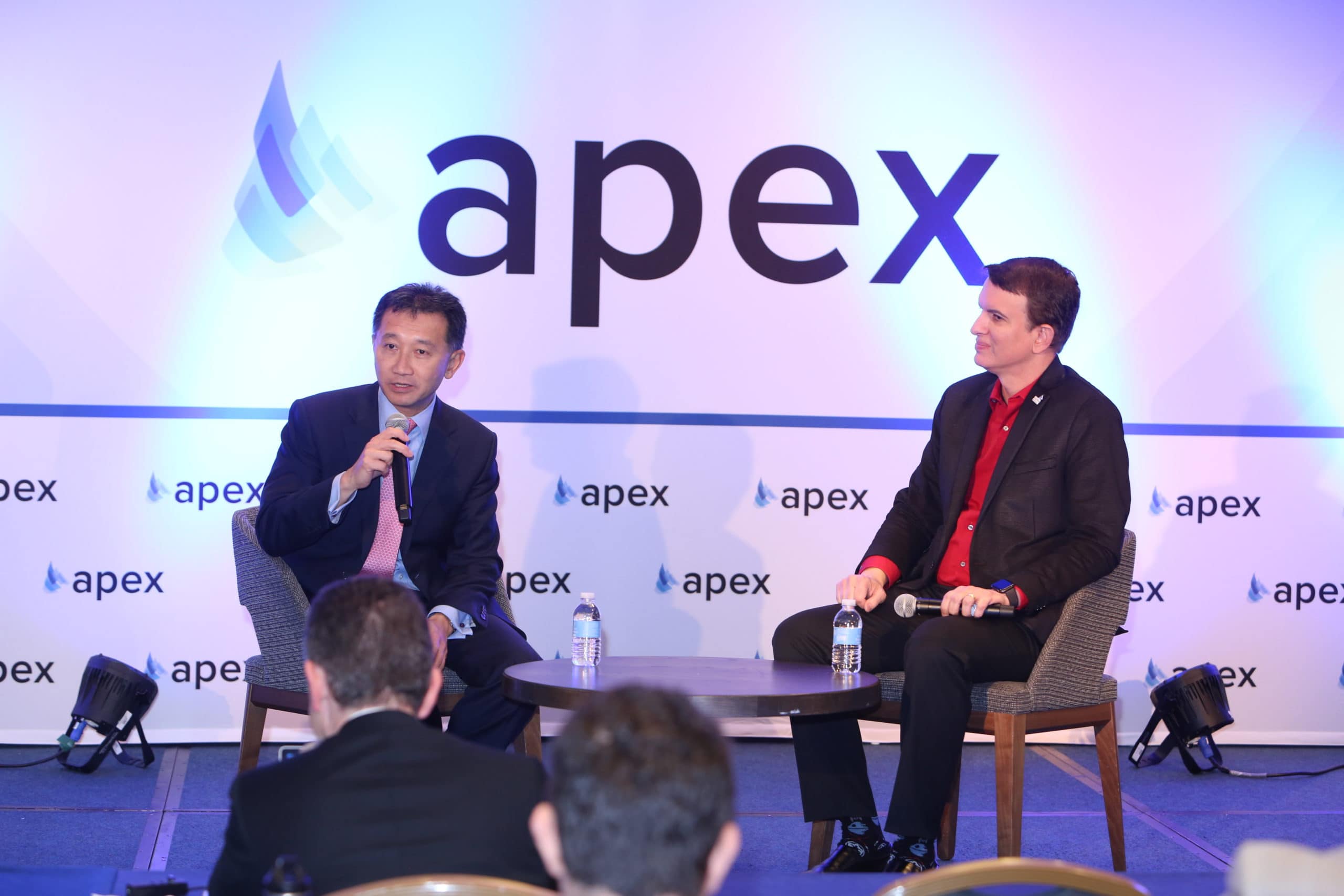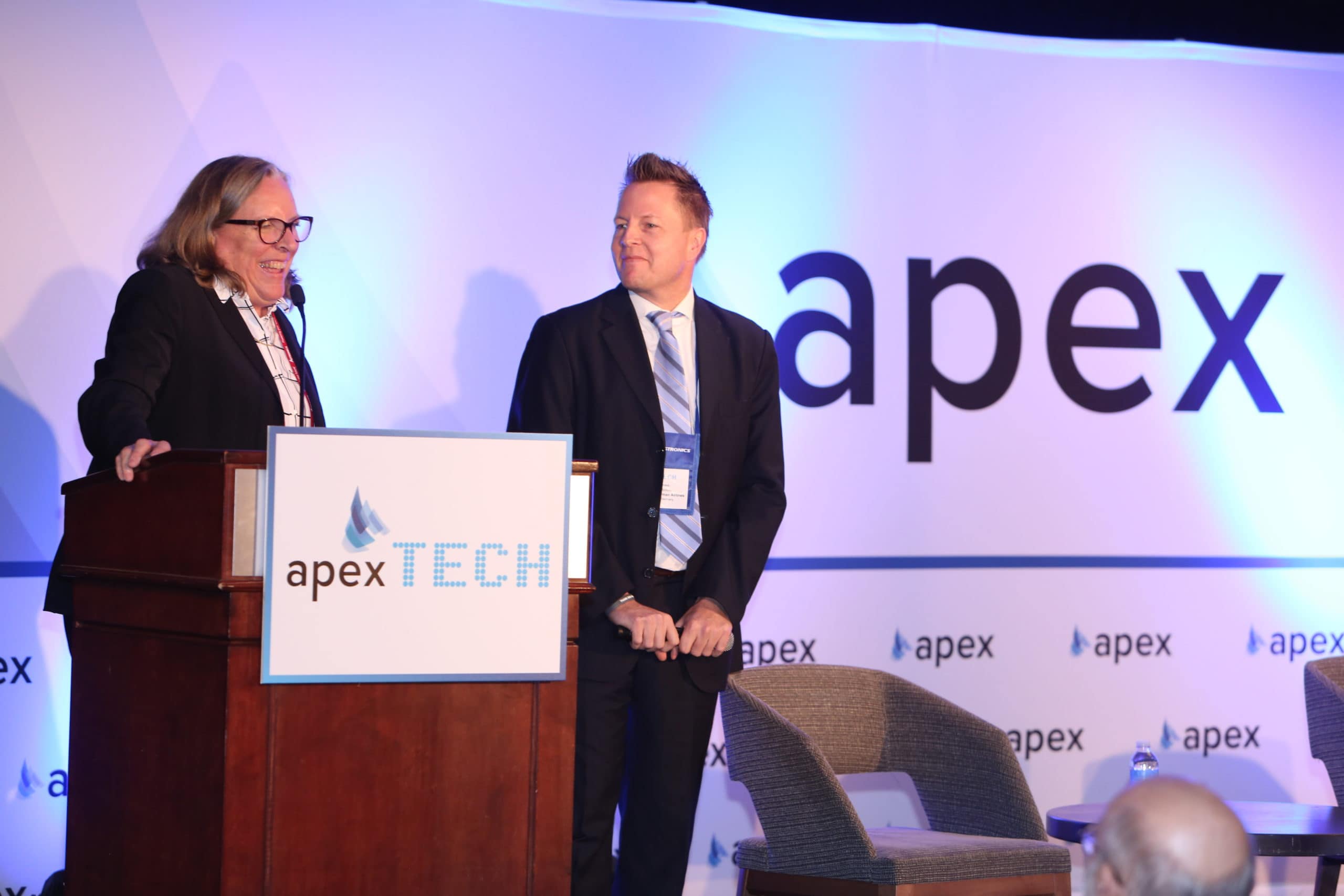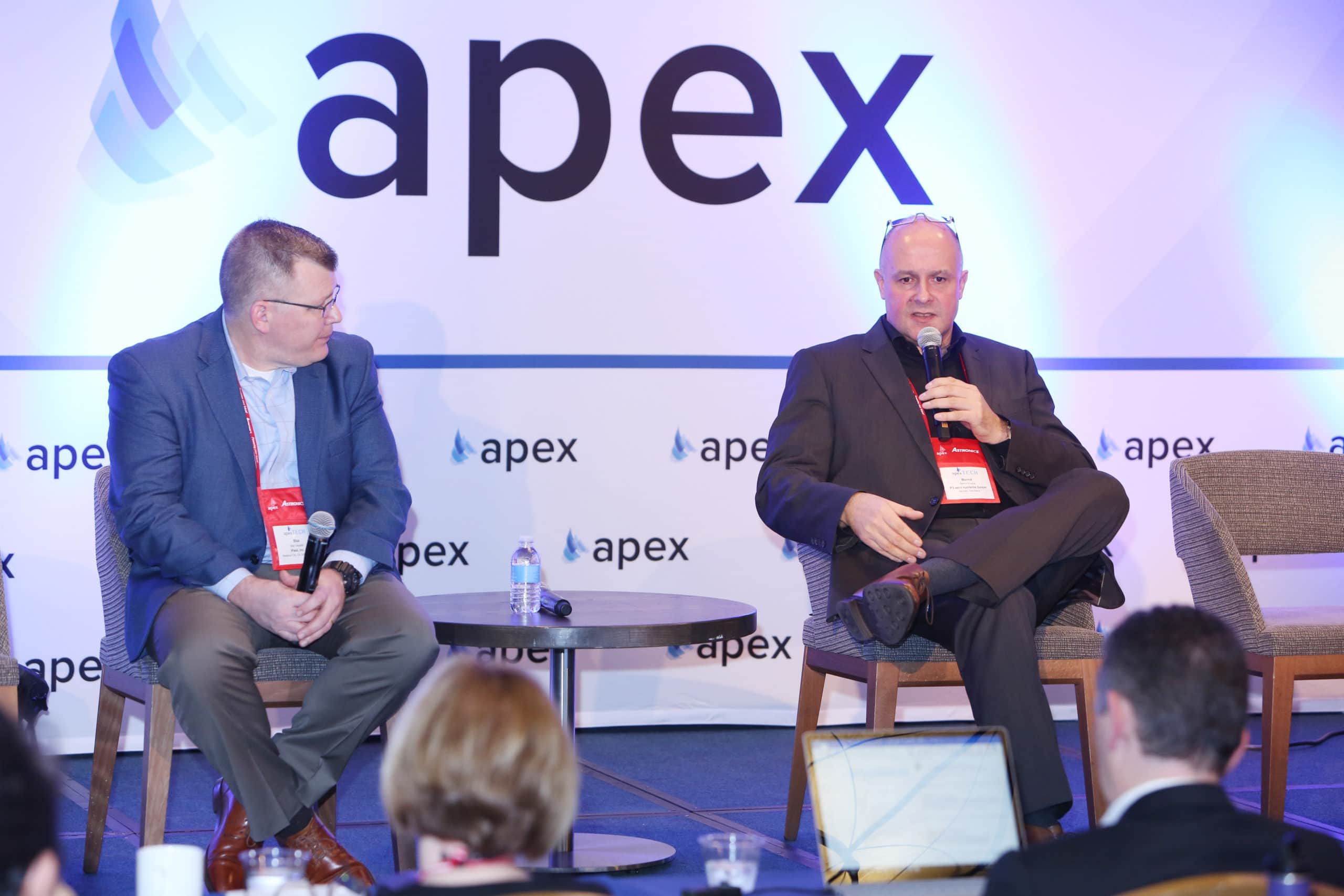APEX TECH January 2019: Takeaways From Day Two
Share

Star Alliance CEO Jeffrey Goh opened Day Two of APEX TECH with an introduction to the digital services platform being developed to make air travel among its member airlines more seamless. During the day, there were also discussions about how to apply biometric and blockchain technology to air travel. The event wrapped up with a progress review from the APEX Connectivity Working Group, which hopes to propose parameters for measuring in-flight connectivity quality by the next APEX TECH in May. Click here for takeaways from Day 1.
Star Alliance Creating a Digital Travel Ecosystem
With passengers increasingly wanting to stay connected and thinking mobile-first while traveling, Jeffrey Goh, CEO of the 28-airline member Star Alliance, said the organization decided to shift its focus to customer experience and digital technology. “[Passengers] expect information on demand, services at [their] fingertips and the new generation wants instant gratification,” said Goh. By creating a digital services platform that will enable member airlines to share a wide range of information with each other and their customers, the alliance is hoping to “put control of the experience back into the hands of customers,” Goh said.

Thinking of Air Travel as the “Fourth Place” in Our Lives
After home, the office and a community center (such as the gym, your local café or place of worship), comes the fourth place. But what is it? Panasonic Avionics CTO, CIO and CISO David Bartlett says it’s where the first three begin to converge – and that is air travel. Bartlett cited Panasonic’s open-platform as a way to better collaborate with other tech providers to create that fourth-place ecosystem, referencing Panasonic’s Wellness suite of products as an example. Bartlett further added that personalization doesn’t have to be targeted at the individual. “It can be for city-pairs, for a time of day,” he explained.

JetBlue Beats the Path on Biometric Boarding
Since last November, JetBlue has boarded 8,000 passengers using biometric boarding. Ramki Ramaswamy, the airline’s vice-president of IT, Technology and Integrations, says its customers’ understanding of how the airline handles their data is key to the high adoption rate: “It’s paramount that our passengers feel that giving us their information is secure and know that we don’t’ store it, that it’s temporary.”
Before the end of the year, JetBlue hopes to also test a biometric bag drop service – and potentially use the technology to track unaccompanied minors, Ramaswamy half joked: “You can track a UM through the airport through to the destination. And if opted in, we could send pictures at different stages – we might want to start with the luggage first, though.”

Blockchain: Bet or Bust?
“I use this as an opportunity to talk about what could be done with blockchain,” said Joe Leader, APEX CEO, in a discussion with Jeffrey Goh, CEO, Star Alliance. Blockchain is a spinout from the financial industry that stores sequences of records in blocks, is secure and verifiable, and is maintained in a network of computers. “We have to think beyond bitcoin and cryptocurrency,” said Leader, referring to the original application of the technology. He presented ten possible uses of blockchain in the airline sector, including management of passenger and crew identity and frequent flyer programs.
“Is blockchain a technology that is looking for a problem that doesn’t exist or is it a way to deliver a different passenger experience?” asked Goh. He suggested it’s the latter: blockchain could enable the creation of a redemption ecosystem within frequent flyer programs, with the possibility of purchasing products and services not only on airlines, but with third-party providers.

APEX Connectivity Working Group Invites Input to Help Define In-Flight Wi-Fi Quality
About a year ago, the APEX Connectivity Working Group had a plan to standardize in-flight connectivity. “We decided not to go down that route,” says Mary Rogozinski, vice-president, Airlines, SmartSky Networks. Instead, the group shifted gears to focus on defining how to best measure the passenger experience. “We have a non-uniform and not well-defined situation,” said Stephan Schulte, manager of Strategy and Business Development, Lufthansa Technik. “To tackle that we have to break it down to separate segments.”
In addition to defining in-flight connectivity service quality for passengers, the group is also considering the definition of IFC service availability and hopes to introduce metrics to quantify the passenger experience. “We’re looking for input from all of you,” Rogozinski said.

Bernd Knobe, managing director, P3 Aero Systems, followed up on the progress review with an insight of how other industries, such as the mobile sector, measure connectivity performance. For IFEC, he suggested that an application could run on a passenger or flight crew’s personal electronic device that collects onboard connectivity performance data, which would be uploaded into the cloud for analysis.
Ultimately the working group believes that measurement is important to help airlines provide consistent, great service, to engage and manage expectations, and focus on delighting passengers.
For more information on any of the APEX working groups or to join one, contact APEX manager of Outreach Programs, Nicole Blackshear.


